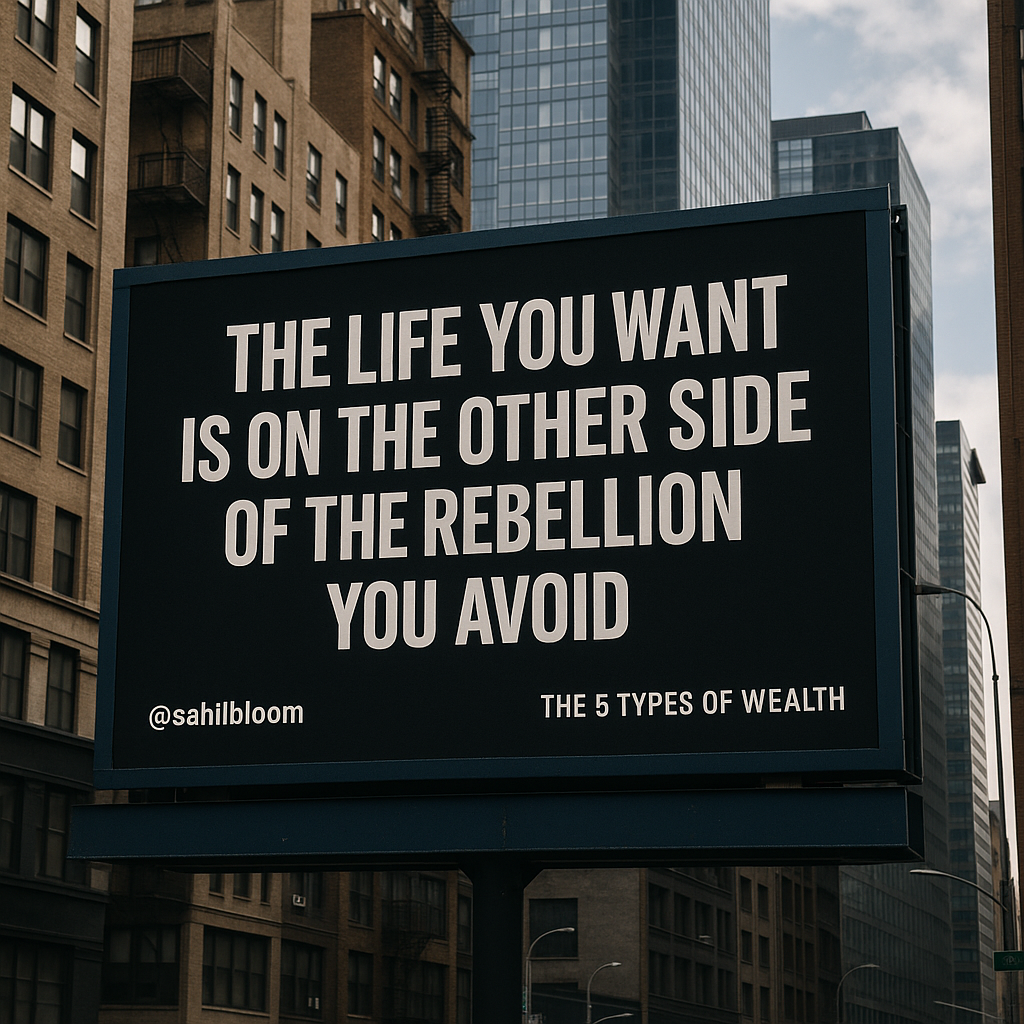The 2 Types of Passion
Today at a Glance
What’s a Rich Text element?
The rich text element allows you to create and format headings, paragraphs, blockquotes, images, and video all in one place instead of having to add and format them individually. Just double-click and easily create content.
Static and dynamic content editing
A rich text element can be used with static or dynamic content. For static content, just drop it into any page and begin editing. For dynamic content, add a rich text field to any collection and then connect a rich text element to that field in the settings panel. !
- ml;xsml;xa
- koxsaml;xsml;xsa
- mklxsaml;xsa
How to customize formatting for each rich text
Headings, paragraphs, blockquotes, figures, images, and figure captions can all be styled after a class is added to the rich text element using the "When inside of" nested selector system.
I recently wrote about what I call the identity trap:
As you achieve your success, you become known for it. You become your success. Your identity is tied up in your achievements. You are the type of person who has that success.
The money. The admiration. The respect. The likes. The follows. The views. The fame. All of it.
Your entire identity is the success you've achieved. You are the entrepreneur. The investor. The writer. The performer. The executive. Whatever.
Well, last week, as I found myself stuck on an island (literally) with a group of ultra-successful entrepreneurs, I thought I’d pressure test the idea by asking all of them about their experience with it.
As it turns out, it’s an extremely common phenomenon. Almost everyone shared examples of moments where their entire identity was tied up in their main pursuit.
But interestingly, all of them noted that their real breakthroughs came when they were able to detach.
There’s an interesting model for thinking about this: Obsessive vs. Harmonious Passion.
The model was first proposed by psychologist Robert Vallerand, who suggested that there are two distinct types of passion:
- Obsessive Passion
- Harmonious Passion
Obsessive Passion is rigid. Your entire identity becomes interconnected with the pursuit itself. Your self-worth attached to your extrinsic success in it. Rest periods away from the pursuit are viewed as a reward for your efforts, but often create feelings of guilt or shame. It is all-consuming.
The pursuit defines the life.
Harmonious Passion is adaptive. It is chosen. It aligns with your identity, but it does not supersede it. It is a reflection of your priorities and values. It is naturally energizing. Rest periods away from the pursuit are viewed as an important part of your performance, not a reward for your efforts.
The life defines the pursuit.
In a culture that glamorizes obsession, to focus on your harmony feels like an act of rebellion. But interestingly, it is exactly this act of rebellion that leads to the most profound outcomes.
Obsession may burn bright, but it also burns fast.
Harmony is different. It’s quiet. It’s slow. It’s deliberate. And it never burns out.
So, where do you find yourself on this spectrum? How can you reframe or adjust your obsessions to make them feel more harmonious?
Ask yourself these questions:
- What pursuits energize you, even when they’re challenging?
- What would you choose to do, even when no one’s watching?
- What were you doing the last time you felt truly alive?
Identify your Harmonious Passions. Lean into them.
The life you want is on the other side of the rebellion you avoid.
















